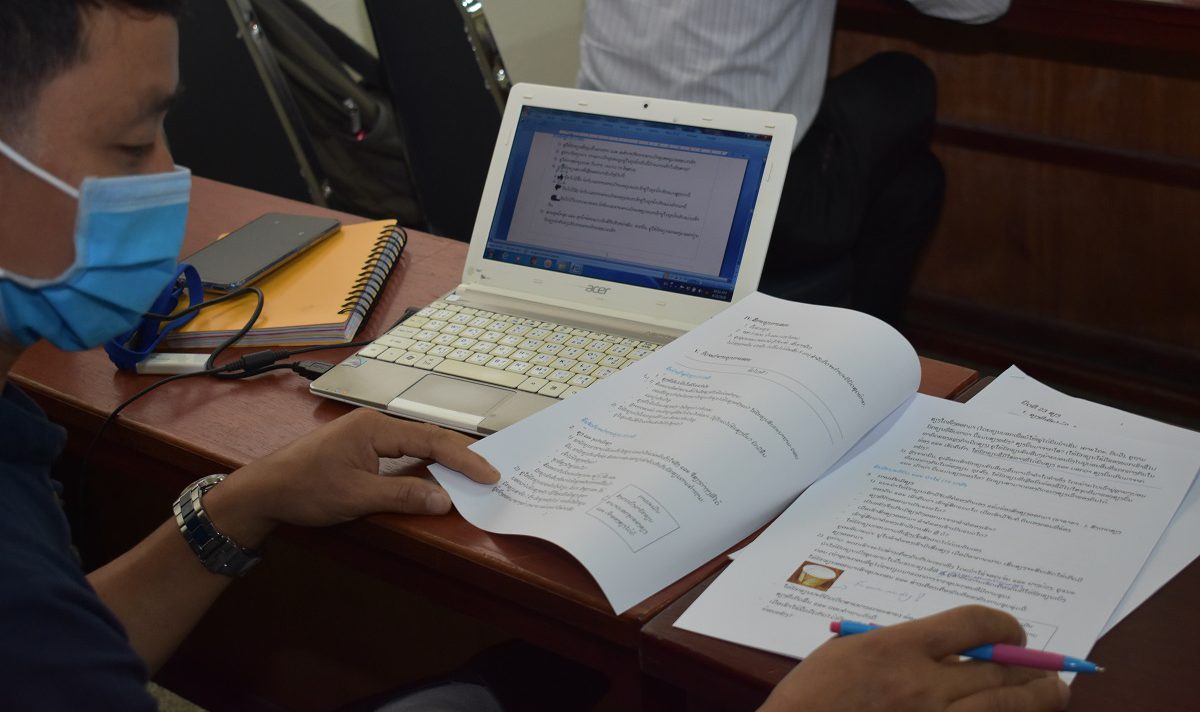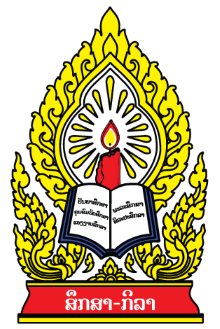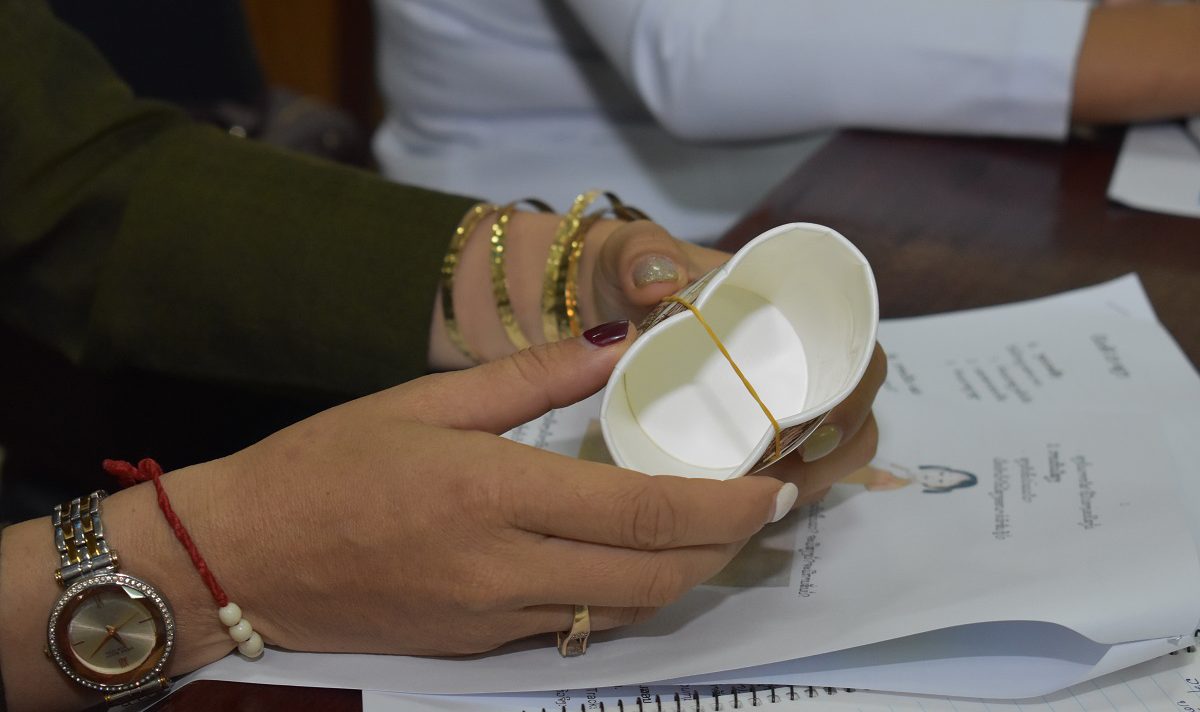Their feedback will inform the development of the final versions of the new Grade 3 textbooks and teacher guides to be implemented in September 2021
Since 2015, the Ministry of Education and Sports (MoES), with the support of the Australian Government and the European Union, has been developing a new national primary curriculum along with new teaching and learning materials for primary students and teachers. The new curriculum reflects early grade pedagogy acclaimed by the international community as evidence-based good practice. Teacher guides contain an easy-to-use tool for continuous classroom assessment designed to increase opportunities for critical thinking, learning-by-doing, and peer collaboration. The new primary curriculum integrates content and practices that promote equity, friendship and social inclusion.
The introduction of the new curriculum in all primary schools commenced in September 2019 with Grade 1 and progresses with one new grade per year. The Grade 2 materials are now being delivered to schools for the start of the 2020-2021 school year, while the Grade 3 new materials are in the stage of latest revisions.

Building on skills learned in Grades 1-2, students will encounter increased opportunities for critical thinking with the new Grade 3 curriculum. Science and Environment introduces the scientific method in which students hypothesize, conduct experiments using locally available resources, and record data. In Lao Language, the focus expands to comprehension of text, including writing and reading a variety of text types. And the new Grade 3 curriculum will introduce English language to primary students.
The curriculum writing process includes regular consultations of teachers as they are the ones who will ultimately deliver the lessons. The objective of these consultations is to check if the lessons and materials meet teachers’ and students’ needs and collect comments and data for further improvement.
The Research Institute for Educational Sciences (RIES) undertook a 2-day consultation on 22nd and 23rd of June with Grade 3 teachers, Pedagogical Advisors and representatives from the provincial educational offices to examine and discuss sample Grade 3 lessons. Participants engaged in lessons taught by RIES curriculum writers to learn about new methods for student-centred instruction and Grade 3 content. The teachers played the role of students while the curriculum writers delivered their lessons. For example, they participated actively in a Physical Education lesson in agility skills which form the foundation for athletic development. Participants practiced jumping according to increasingly difficult foot placement and landing requirements. The Science and Environment lesson focused on the principles of sound including how it is made and how it travels. The participants compared sound from their vocal cords with the sound of a home-made instrument with a paper cup and a rubber band.
The participants provided feedback based on their experience teaching Grade 3 learners. The comments from the participants has been generally very positive. There is general agreement that the revised textbooks and teacher guides provide clearer support to teach the lessons and assess the students. The new pedagogical method with more interactive lessons will help students better understand and retain new knowledge. Indeed, the new curriculum promotes an active learning approach to primary school teaching and the lessons contain activities to enable students to learn by doing.
Insights and useful feedback were recorded and will now be summarized and presented to curriculum writers for consideration. In addition, participants received a head start on how to use the new teacher guides and textbooks in all subject areas.
Grade 3 curriculum development, review, and approval will continue through to the end of August at RIES before being presented to the Committee for Approval of Curriculum and Instructional Materials (CACIM) later in 2020.




 ພາສາລາວ
ພາສາລາວ

